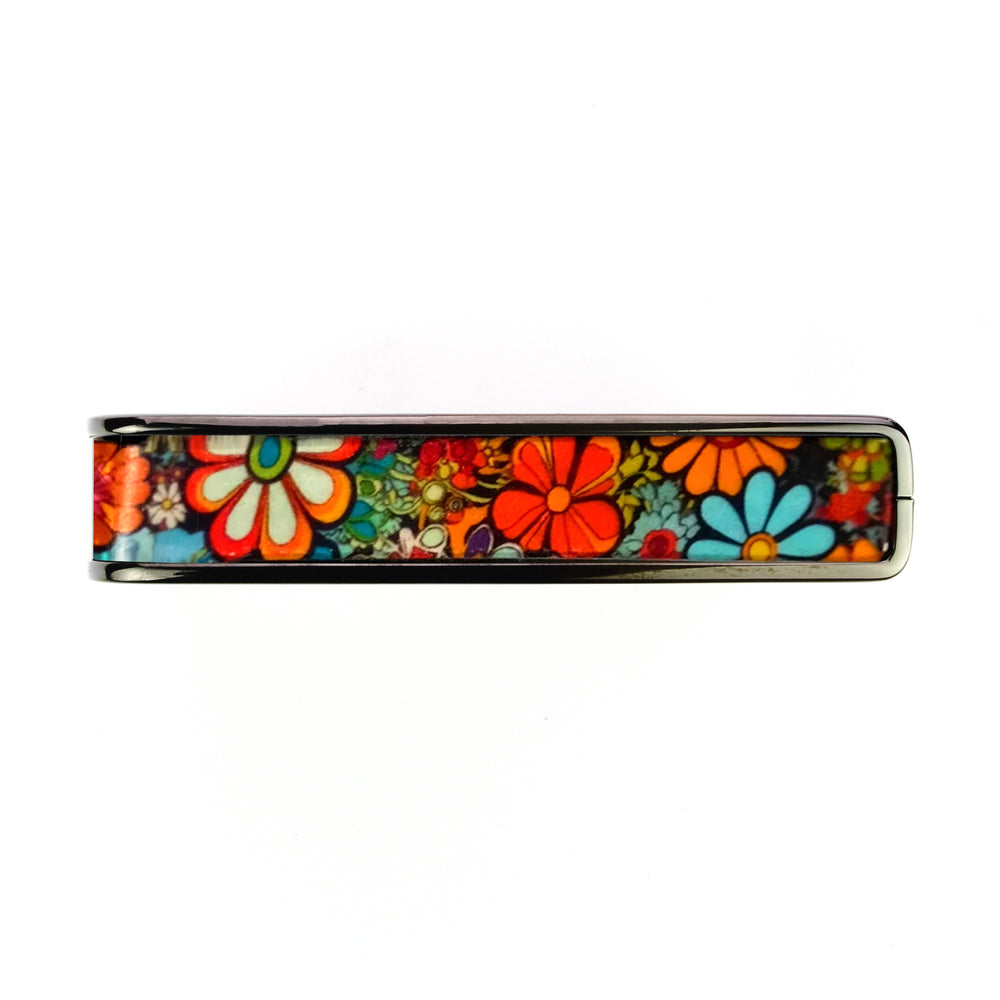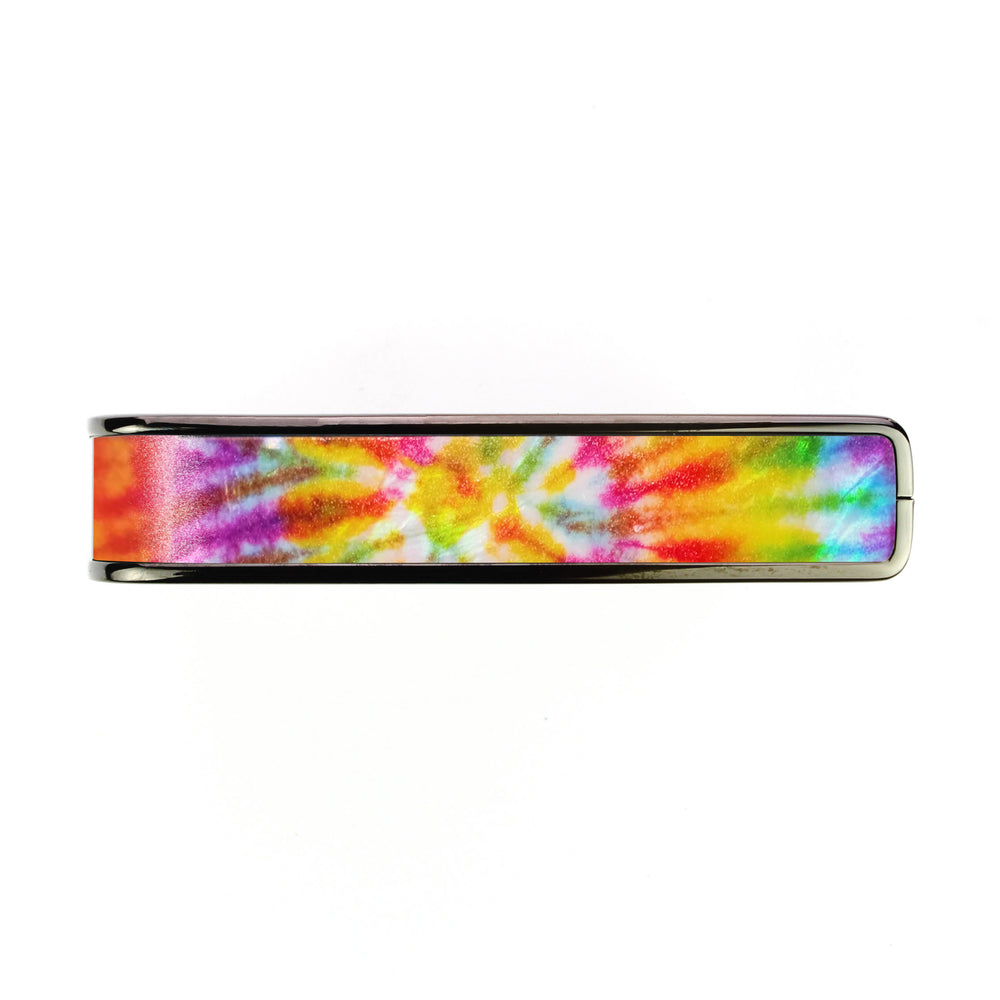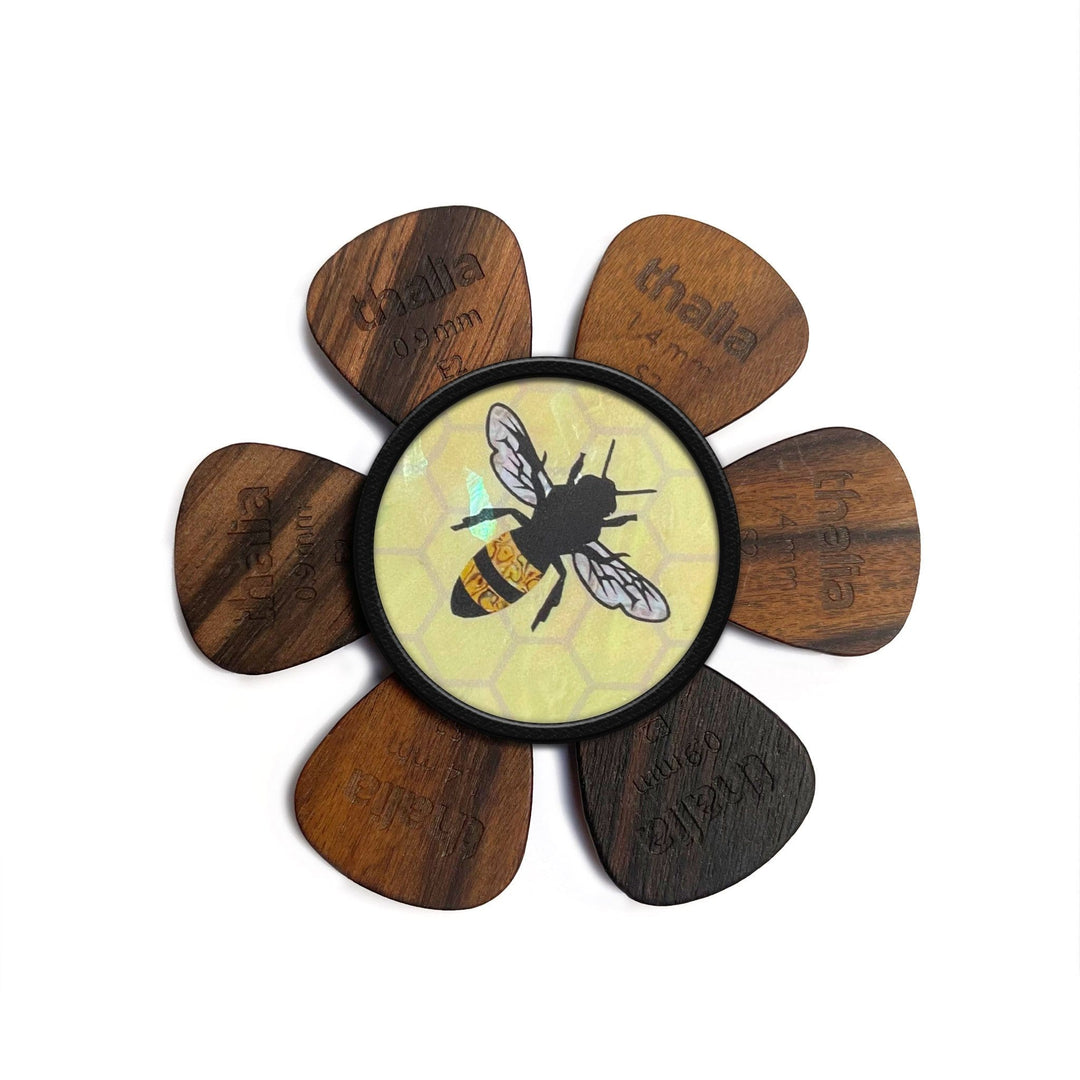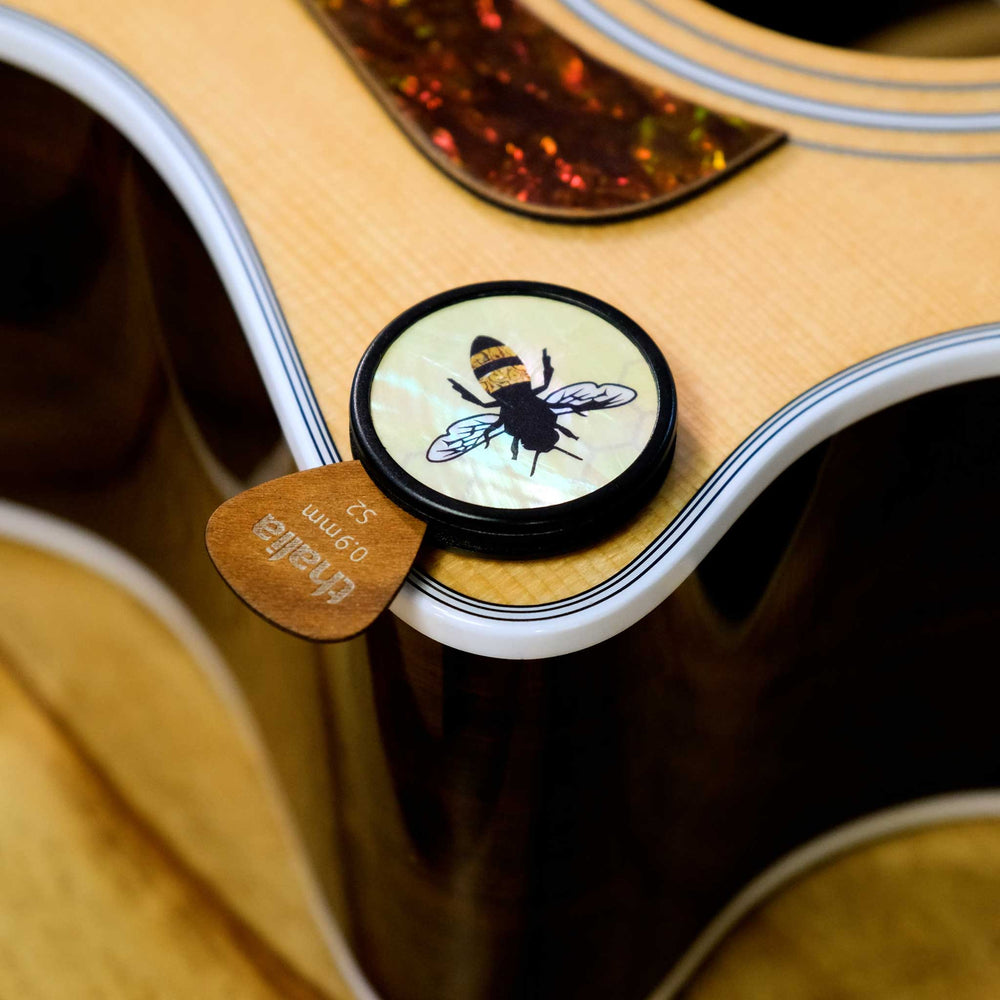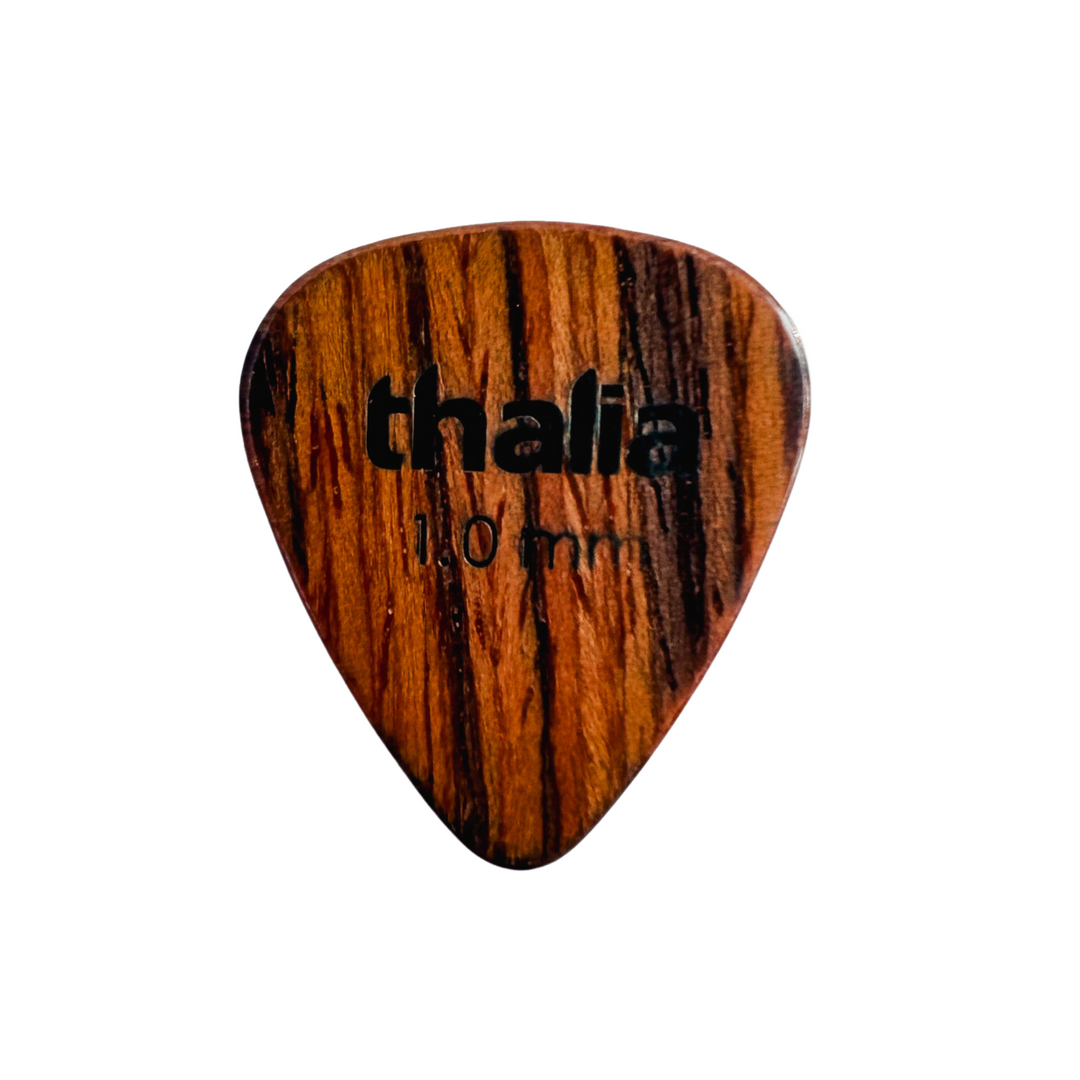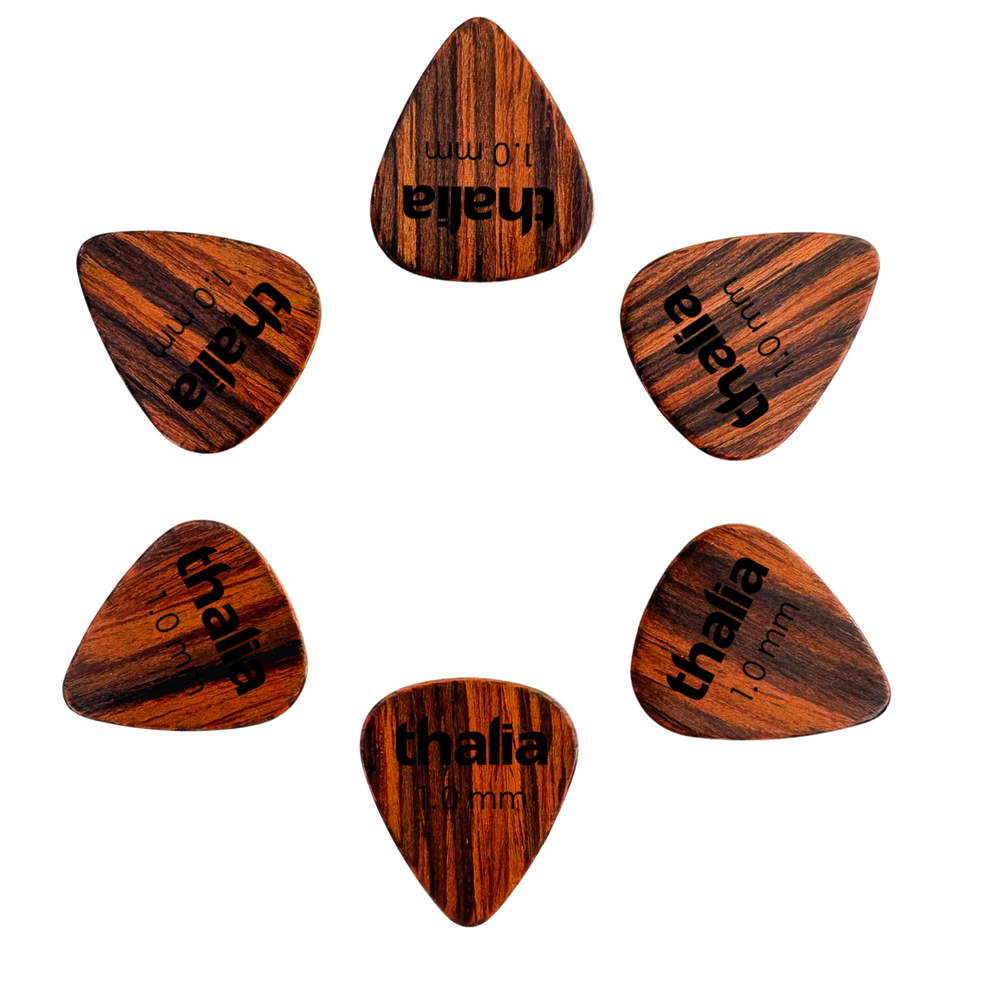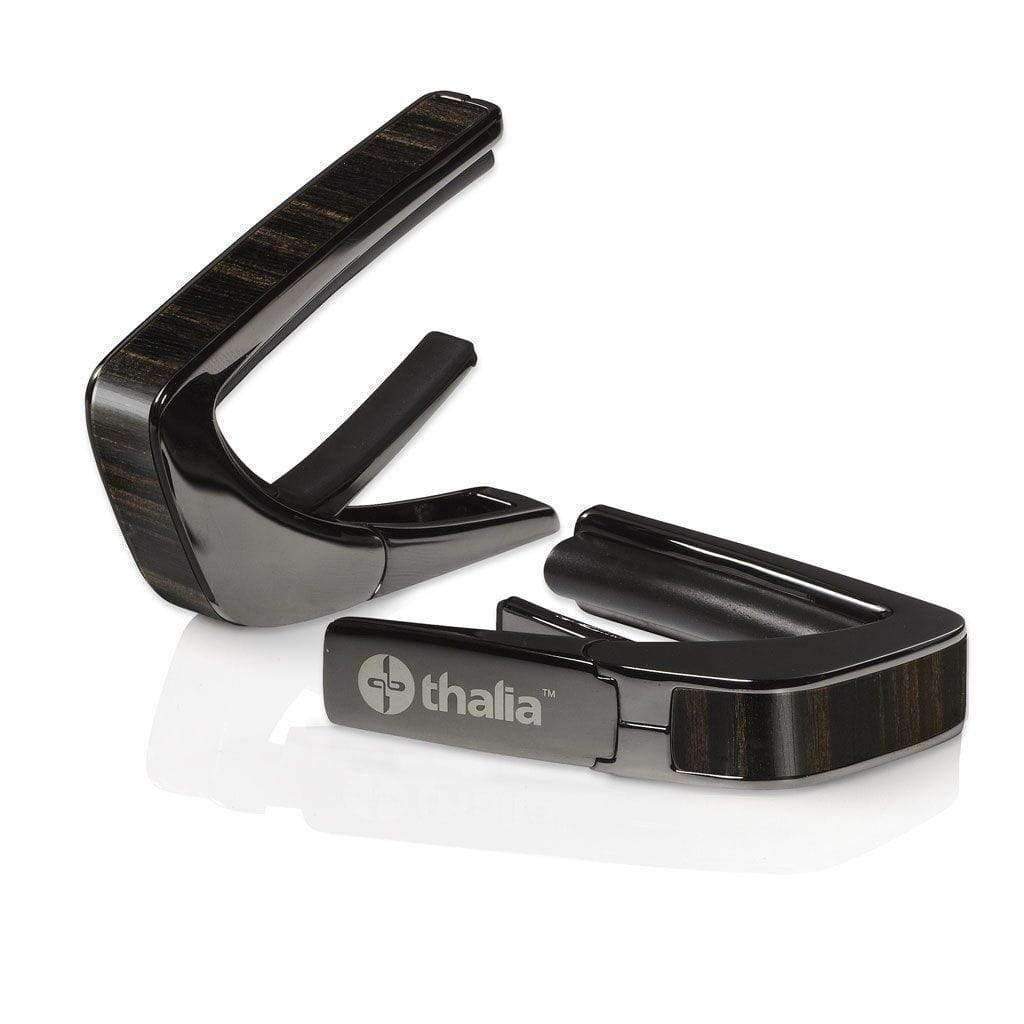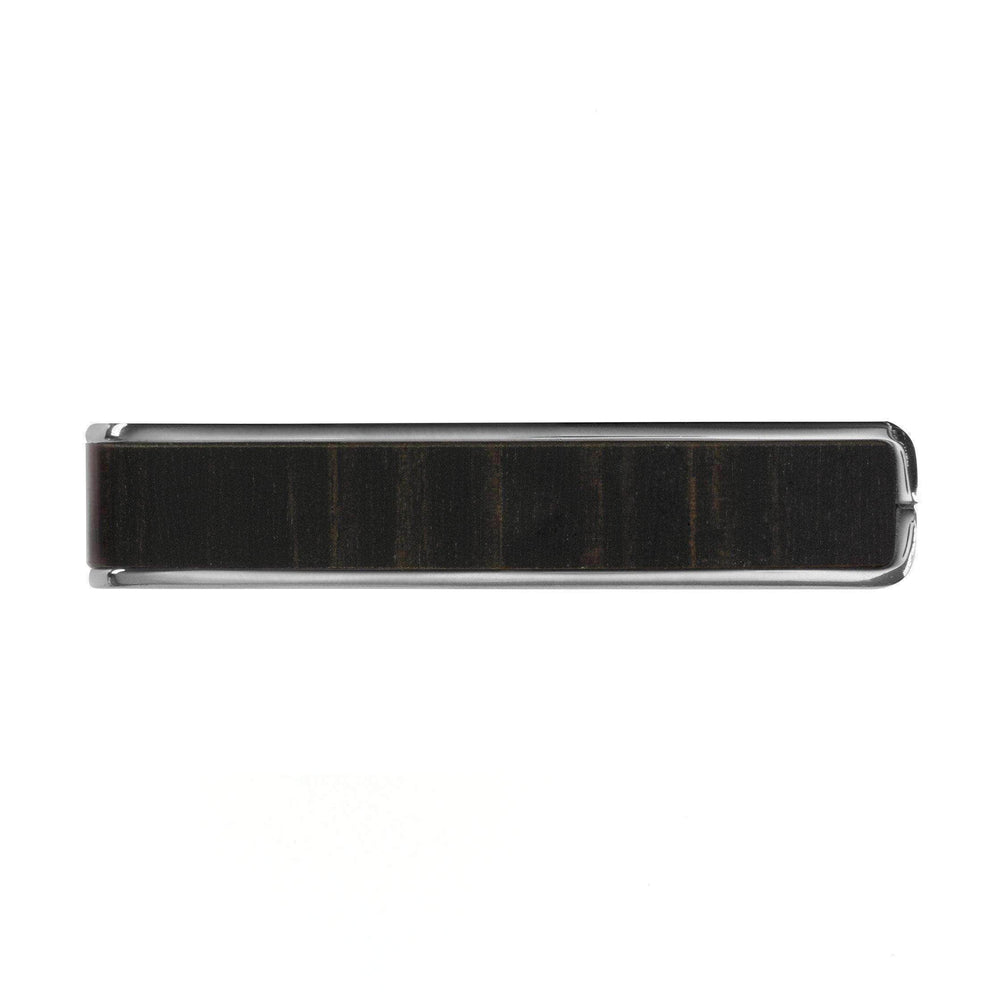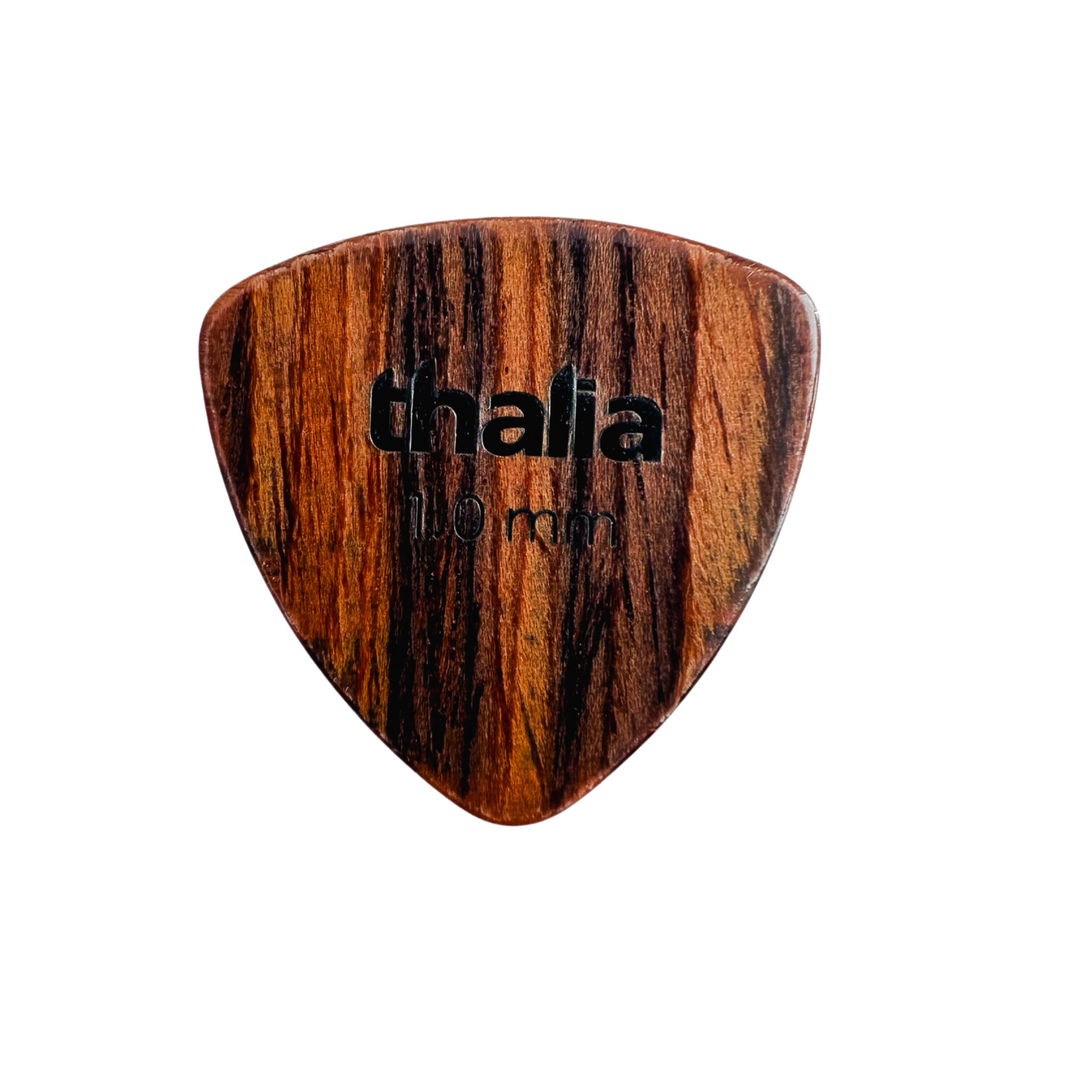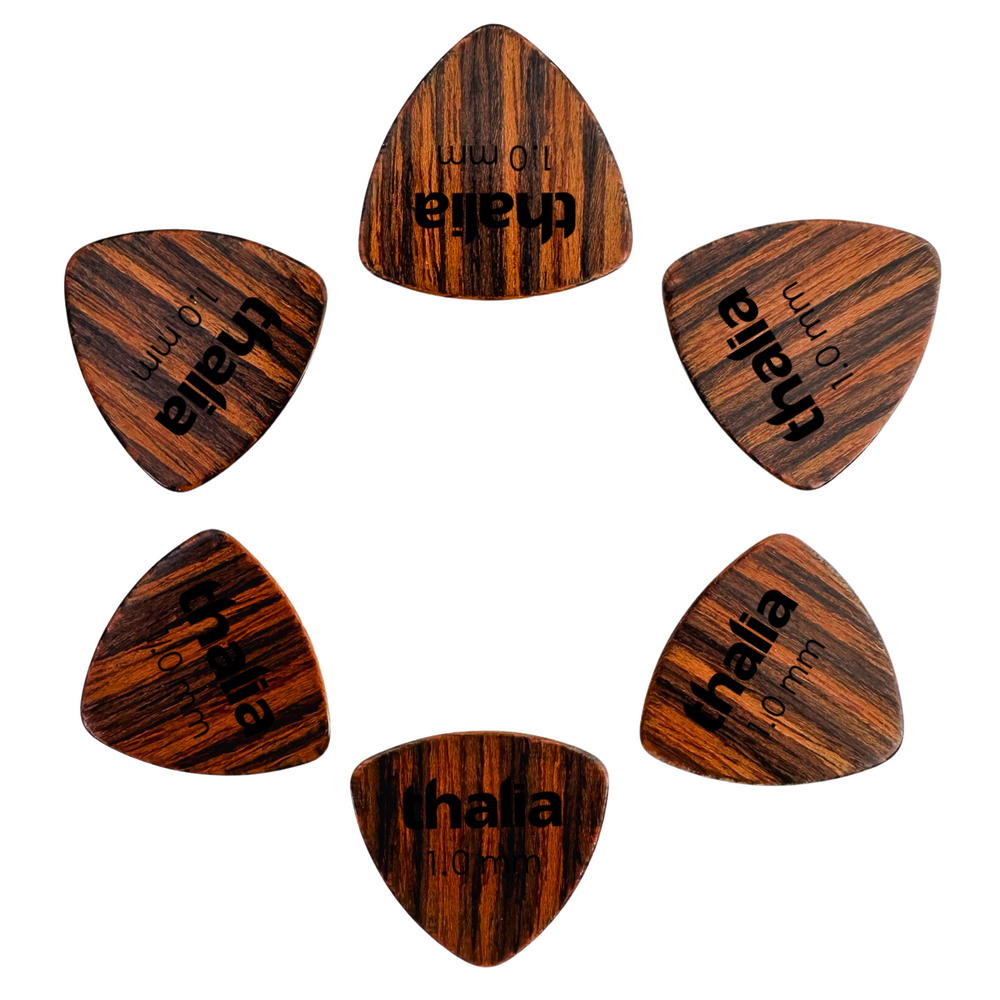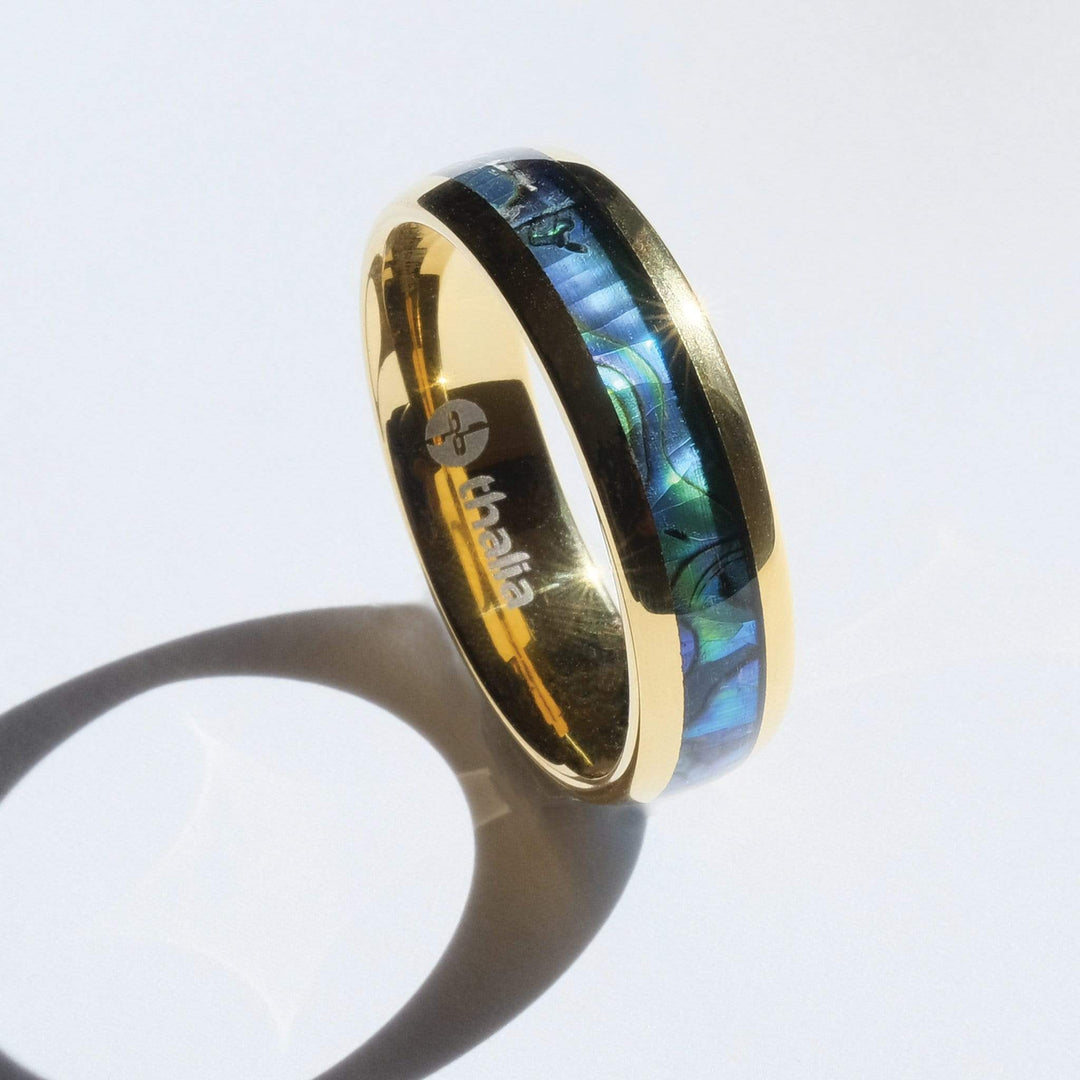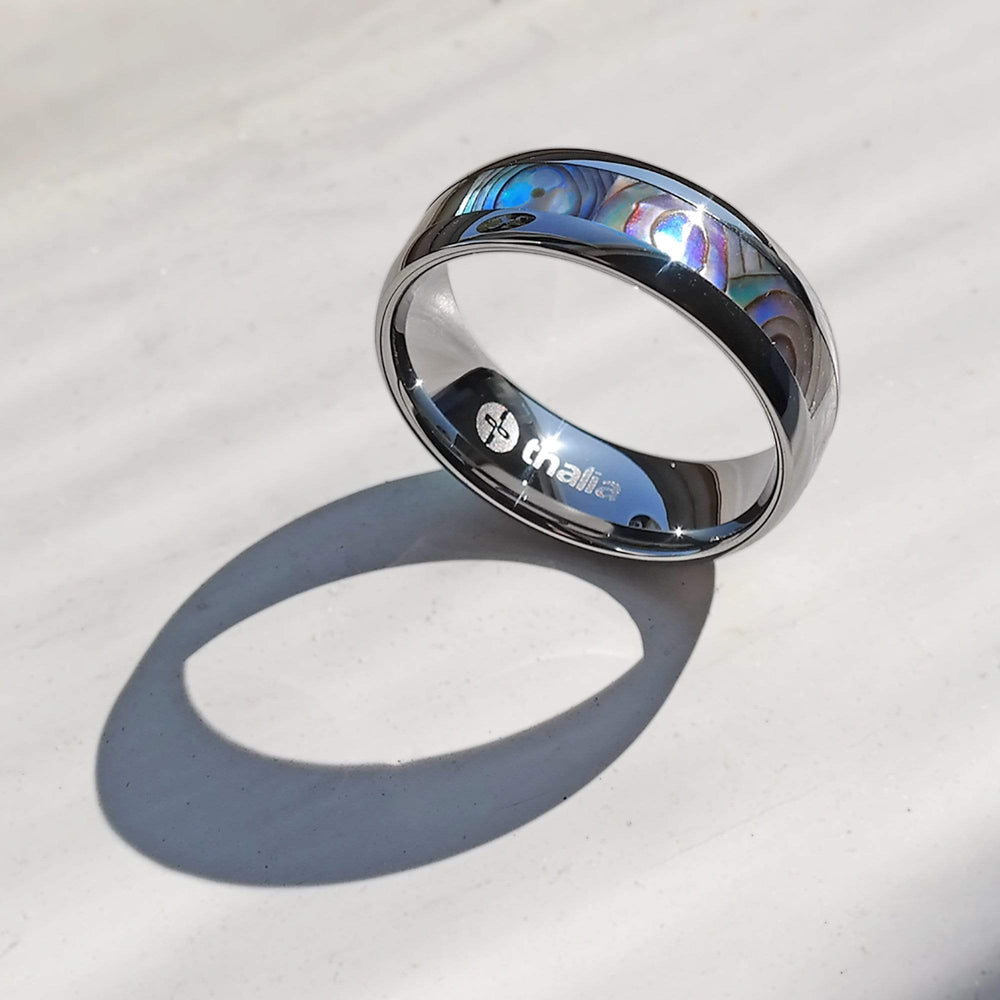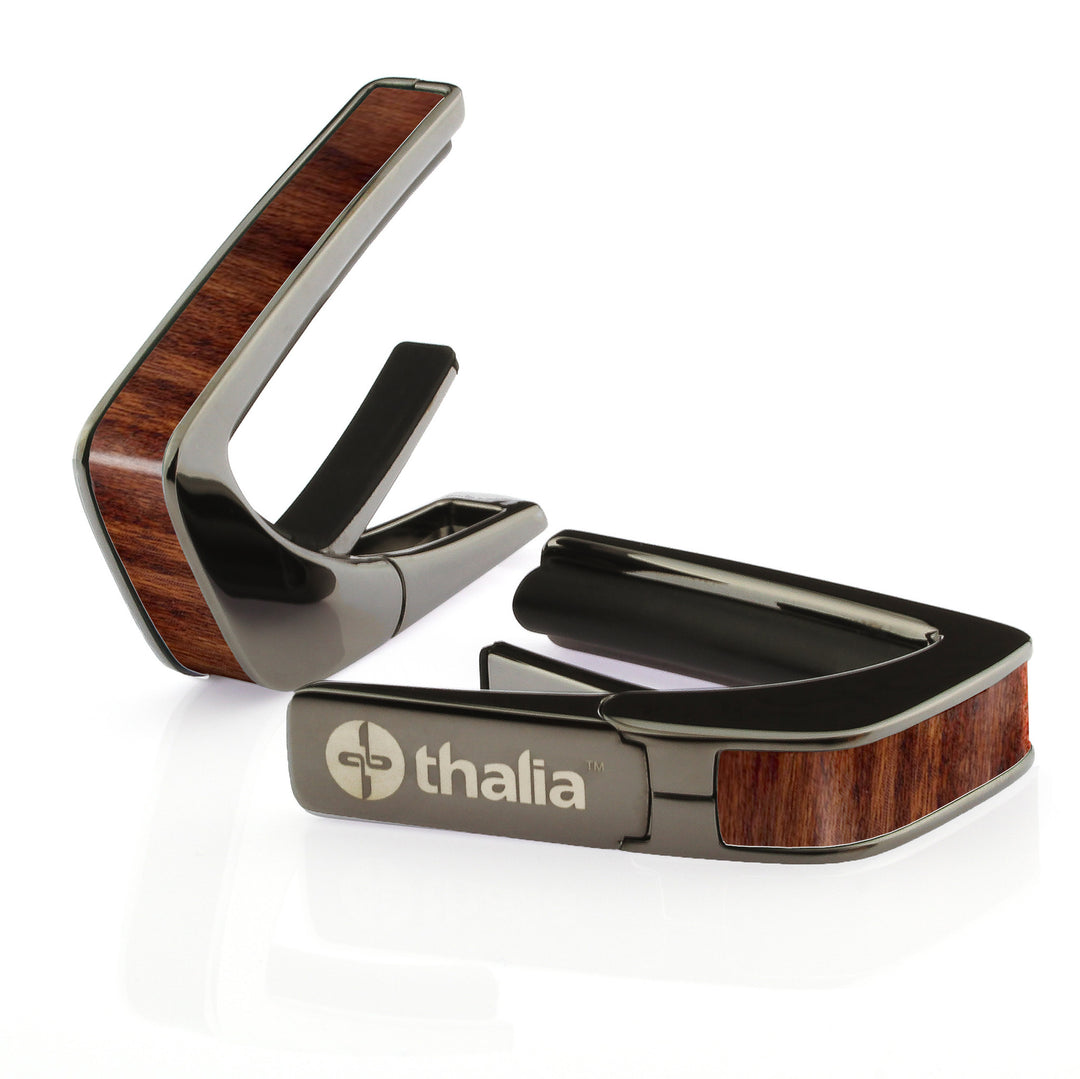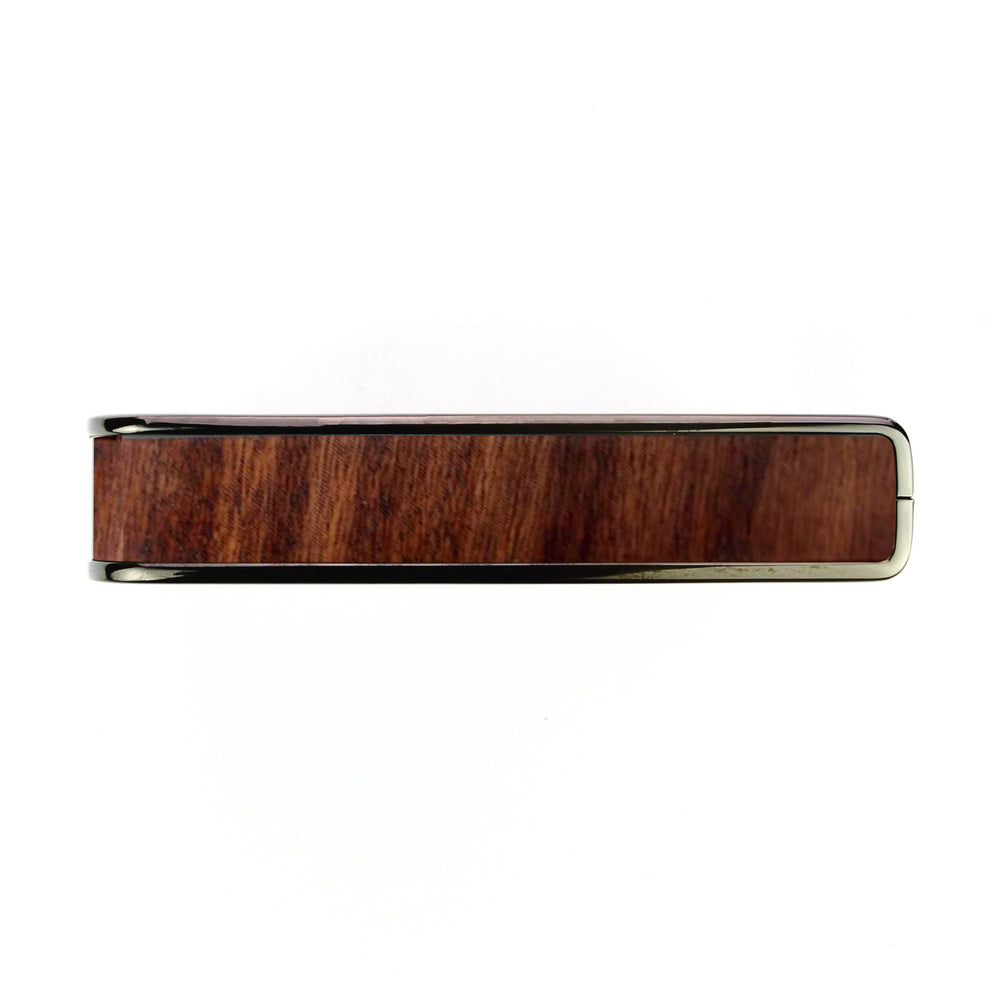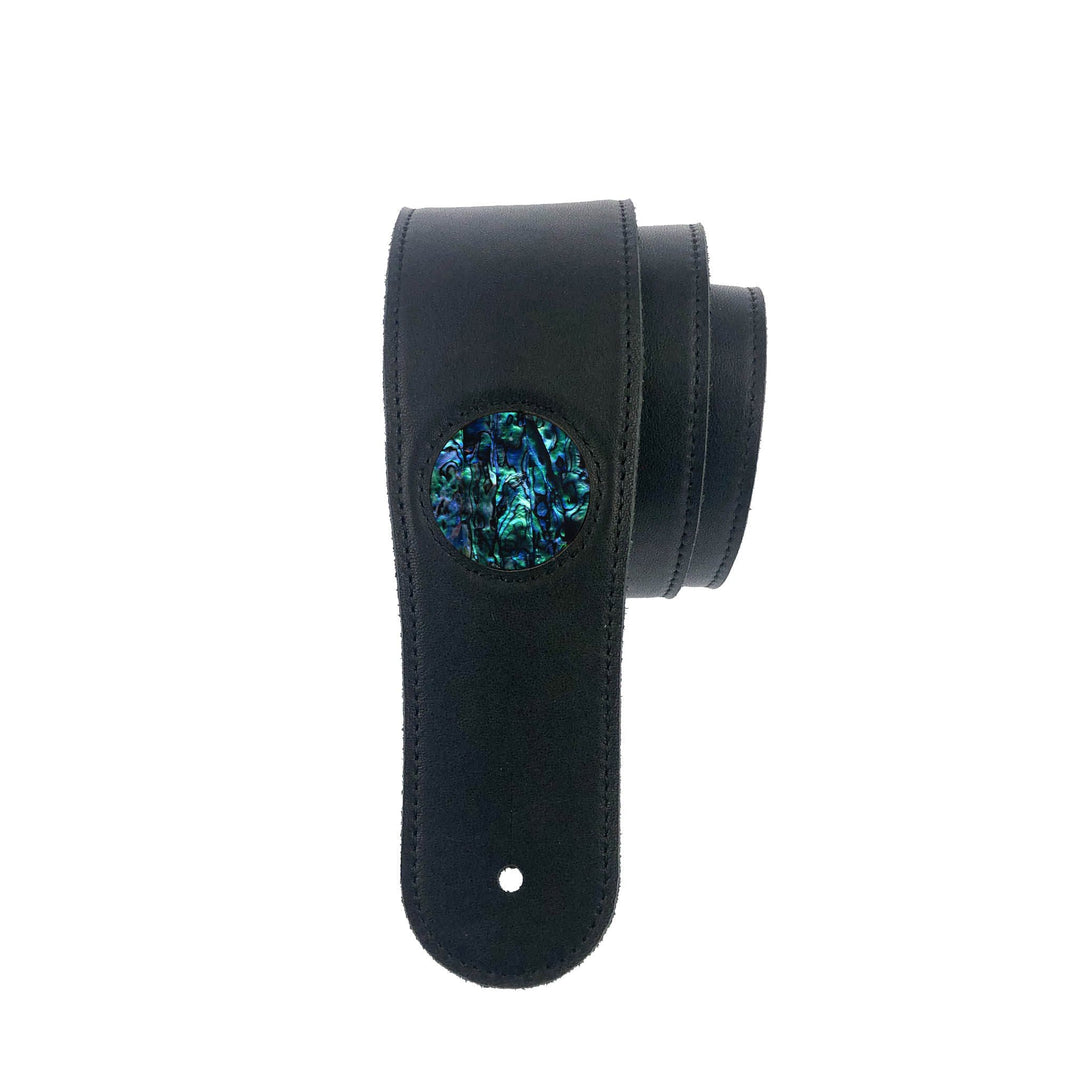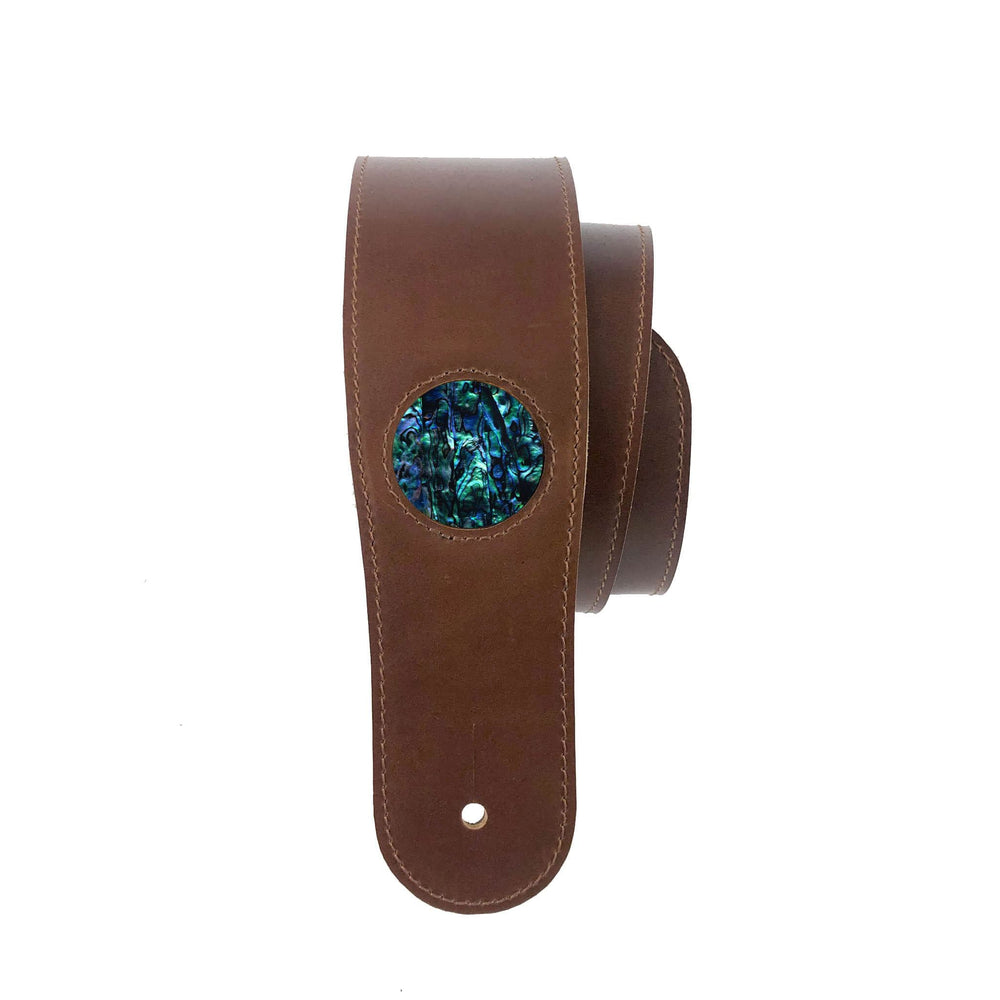Fingerboard Stories
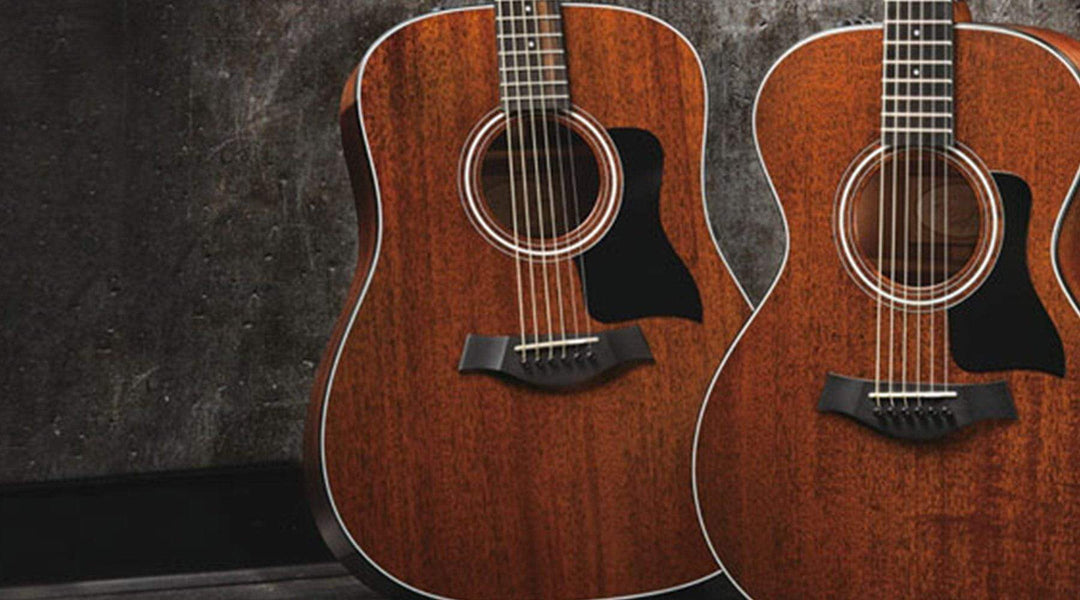
When it comes to tonewood, mahogany carries some serious weight in the guitar world, both literally and metaphorically.
A mainstay in both acoustic and electric guitar manufacturing, it’s been used to make some of the most iconic instruments of all time. And, it’s prized in lutherie for both its aesthetic and sonic properties.
Today, we’re getting to grips with mighty mahogany; its varieties, its tonal characteristics and its sustainability.
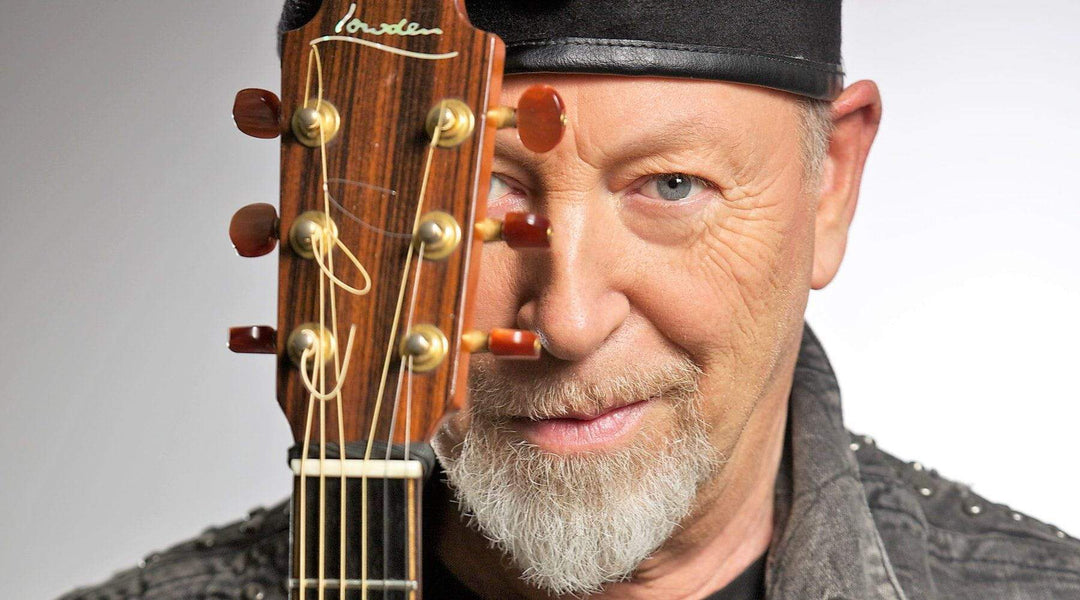
When you think about British guitar heroes of the late 1960s and early 1970s, a few names are likely to crop up:
Jimmy Page; Eric Clapton; Jeff Beck; Keith Richards; George Harrison; Peter Green.
We’ll call these guys the usual suspects.
Richard Thompson, however, is not a usual suspect.
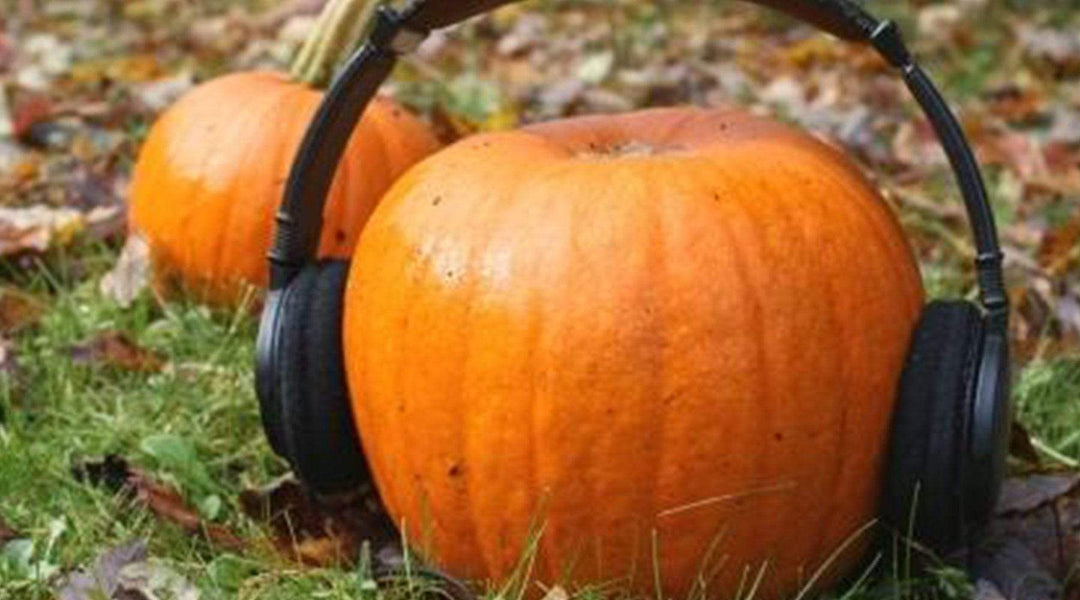
When you think of horror movie soundtracks, it’s probably screeching strings and spooky synths rather than fingerstyle guitar that first come to mind.
But, in anticipation of Hallows’ Eve, we – the Thalia ghoul squad – have been doing a bit of digging to find some acoustic guitar goodness with a suitably seasonal edge.
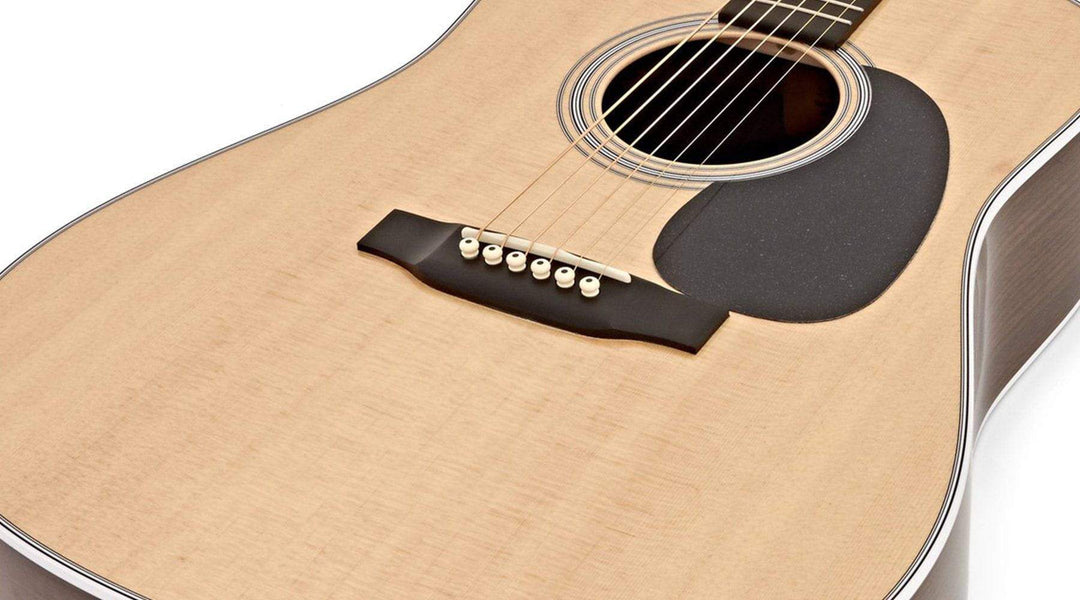
There are plenty of acoustic guitars out there that’d we’d describe as “classic.” “Iconic?” that’s another thing entirely. In our book, truly “iconic” guitars are few and far between. Often, when that term gets used to describe a six-string, it’s more marketing man hyperbole than true fact.
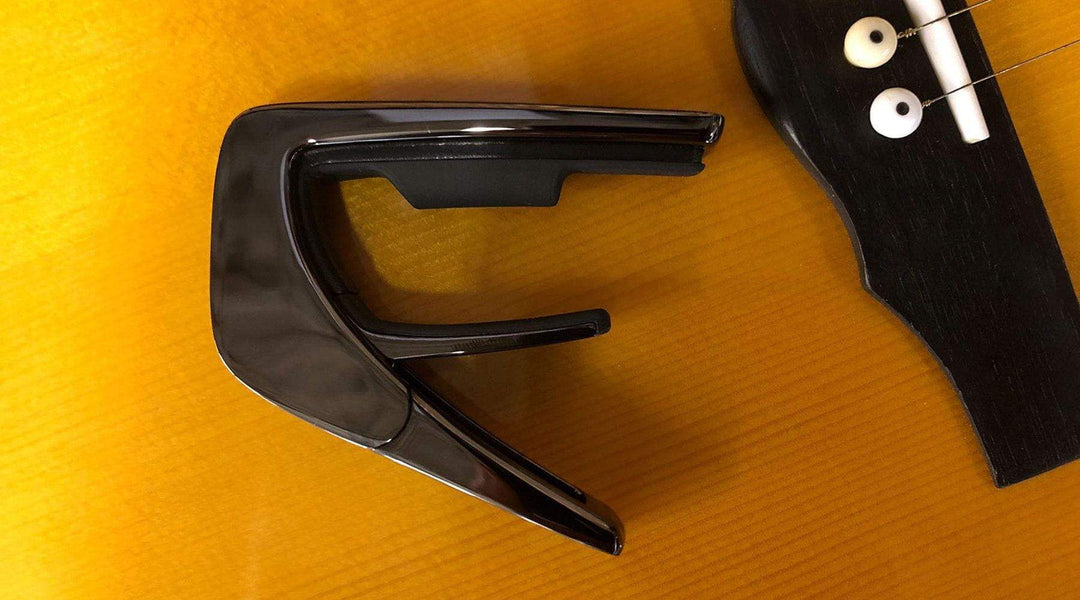
Partial capos used to be something of a niche product, but in the past few years, they’ve grown exponentially in popularity. But what is a partial capo, and why do you need one? Partial capos have amazing applications for players at every stage of guitar playing. They’re incredibly useful for beginners struggling with learning chord shapes, they make alternate tunings a breeze, especially when playing live, and they unlock new sonic possibilities, facilitating sounds you didn’t know your guitar could make.





